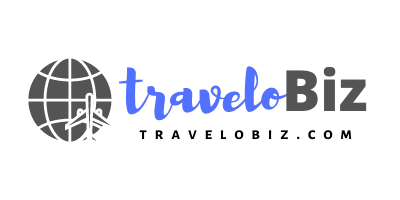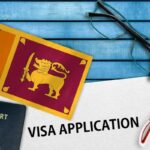In a recent announcement, Immigration Minister Sean Fraser introduced a new initiative that aims to streamline the selection process for Express Entry candidates.
The program, developed by Immigration, Refugees and Citizenship Canada (IRCC), will incorporate category-based selection draws, with the first round focusing on professions in the fields of Science, Technology, Engineering, and Mathematics (STEM).
This article examines the reasons behind the selection of STEM occupations and provides details on eligibility criteria and the selection process.
The Categories
Under the new system, IRCC will give preference to Express Entry candidates who possess a strong French language proficiency or have work experience in specific fields. The identified categories include:
- Healthcare
- Science, Technology, Engineering, and Mathematics (STEM) professions
- Trades, such as carpenters, plumbers, and contractors
- Transport
- Agriculture and agri-food
These categories were carefully chosen based on comprehensive research on labour market shortages, future projections, and valuable input from IRCC partners, provinces, territories, and stakeholders across the country.
Also Read: Canada Introduces New Work Permit for US H-1B Visa Holders
Why STEM Occupations?
The decision to prioritize STEM occupations is rooted in several key factors. A report released by Statistics Canada at the end of 2022 highlighted a significant skills gap in Canada’s STEM labour force. This gap is primarily due to the high retirement rate and the increasing automation of businesses and daily life.
In the fourth quarter of 2022, the Professional, Scientific, and Technical Services category alone had approximately 56,915 job vacancies in Canada. To address this shortage and support the country’s growth, the 2023 Federal Budget has allocated $20 billion for major clean electricity and infrastructure projects, generating higher demand for tech workers.
Canada’s AI sector is also experiencing substantial growth, leading to an increased need for skilled tech professionals. According to the Global AI Index, Canada ranks fourth globally in terms of competitiveness in AI innovation, implementation, and investment.
Furthermore, many STEM occupations offer competitive salaries compared to other sectors. In 2021, the average compensation in the STEM sector was $90,252, significantly surpassing the national average of $69,311. Additionally, at the end of 2022’s fourth quarter, the average wage in the STEM sector was $35.80, more than double that of sectors like accommodation and food services.
Eligibility for STEM Occupations
To be eligible for the STEM occupations category, candidates must meet the following criteria:
- Fulfil the eligibility requirements of one of the Express Entry programs (Federal Skilled Worker Program, Canadian Experience Class, or Federal Skilled Trades Program)
- Have accumulated at least 6 months of continuous work experience in one of the listed occupations within the past 3 years
- Meet all other requirements outlined in the instructions for the specific round
Must Read: Canada Announces Visa-Free Travel for 13 Countries
The STEM Professions
The STEM occupations category comprises 24 professions that cover a wide range of fields. Some of these occupations include:
- Architects
- Civil engineers
- Data scientists
- Engineer managers
- Land surveyors
- Mathematicians, statisticians, and actuaries
- Software developers and programmers
- Urban and land use planners
- Web developers and programmers
Selection Process for Category-Based Rounds
For category-based rounds of invitation, IRCC will send invitations to eligible candidates to apply for permanent residence. The selection criteria for these invitations include:
- Work experience in a specific Technical, Engineering, or Engineering-related (TEER) category of the National Occupational Classification (NOC)
- Language proficiency in either English or French
- Educational qualifications
Comprehensive Ranking System Scores
Category-based draws will occur alongside the general and program-specific draws. Top-ranking candidates who align with the economic goals of the country will receive invitations. Candidates in the Express Entry pool are ranked using the Comprehensive Ranking System (CRS), a points-based system that evaluates factors such as age, education, language skills, and work experience.
The CRS score remains crucial for category-based draws. IRCC will send invitations to candidates with high-ranking CRS scores who also meet the eligibility requirements for the category-based draw.
Conclusion
The implementation of category-based selection draws for Express Entry candidates represents an important step towards addressing labour market shortages and promoting economic growth in Canada.
By prioritizing STEM professions and other critical sectors, IRCC aims to bridge skills gaps, attract talented individuals, and support the country’s technological advancements.
Follow and connect with us on Facebook, Twitter, LinkedIn, Instagram and Google News for the latest travel news and updates!





